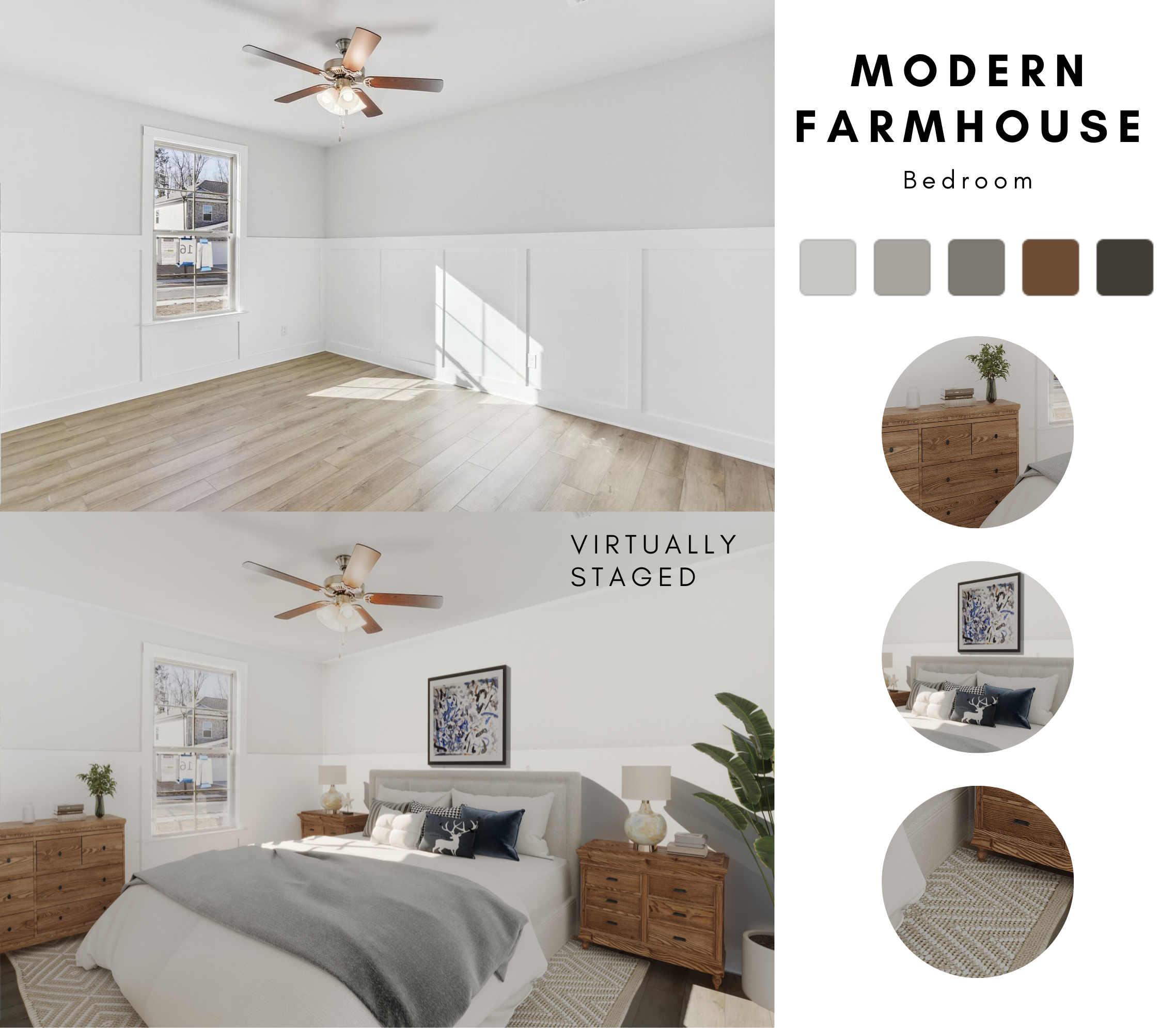Virtual Staging Done Right: How to Avoid Misleading Photos and Impress Buyers

Virtual Staging services have become very popular now. If you check a random listing on top real estate websites such as Zillow, Realtor, Redfin… in the US market or Idealista, Funda, Rightmove … in the European market, you are likely to find listed images which are virtually staged.
The main purpose of virtual staging is showcasing the potential of a vacant or sparsely furnished property by digitally adding furniture, decor, and other features. It is important that virtual staging should be done professionally, accurately delivering the idea of showcasing the potential of a vacant or sparsely furnished property not representing the actual reality.
Having virtual staging done carelessly can misleading your clients and potential buyers:
Scale is incorrect: The digitally added furniture or decor is not to scale, making the space appear larger or smaller than it really is.
Features don’t exist: Digitally altering the appearance of the property, such as adding features that don’t actually exist or removing unappealing aspects of the property without disclosing the changes.
Impractical changes: Virtual staged image suggests an impractical idea of space renovation such as removing load-bearing walls that support roof structures.
Misleading information can lead to disappointed buyers or renters, and in some cases, could even result in legal issues.
Here are some tips to avoid misleading virtual staging.
Be transparent: It’s important to disclose that the images are virtually staged intended to show the potential of the space and not a representation of the actual furnishings or features.
Show the before and after: Show the client both the original photos and the virtual staged photos side by side, so they can see the difference and understand what they are getting.
Offer a disclaimer: Include a disclaimer that the virtual staging is for marketing purposes only and that the actual property may look different.
Be realistic: Ensure that the virtual staging is done realistically and doesn’t mislead the client. Use accurate measurements and proportions, and avoid adding features that don’t exist or that might be impossible to replicate in the real world.
Manage client expectations: Make it clear that the virtual staging is not a guarantee of what the property will look like, and that the final result may depend on factors such as lighting, room size, and personal taste.
Virtual Staging is about emphasis on the space size, space functions and the possibilities of space interior designs. It only works once it is done in a professional and ethical way.
SERVICES
- Floor plans
- Virtual Staging
- CGI Rendering
- Virtual Tour
COMPANY
- Home
- About Us
- Blog
- Contact
INFORMATION
- Privacy Policy
- Terms Of Service
- FAQ

